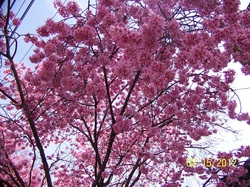
Yes, this week cooled off a bit – highs only in the mid-60s. (Brrrrr.) And this weekend is forecasted to be much more seasonable -- rainy and temperatures in the mid-50s. But if you look at the body of work for 2012, it’s been an unusually warm year so far.
And as much as I enjoy firing up the grill and breaking out the shorts and flip flops, part of me is a little concerned, or at least perplexed by the weather. Here we are, still on the March page of the calendar, and the cherry blossoms have already come and gone, the magnolias are dropping, dogwoods are popping, and leaves are already starting to show on many of the deciduous trees. That’s typical for mid-to-late April, not March.
And it seems that nearly everybody I communicate with in the landscape trades, be it through online forums or colleagues I know from around town, is talking about it. And feeling the same way. 70-degree days in February, 80-degree days in March, mega-tornadoes in the Midwest in February, everything blooming at once, and gardens needing maintenance that typically isn’t necessary until late spring.
And all this while Eastern Europe had one of the most severe winters in history.

I’m not going to debate the causes for this abnormal weather. Whether it’s just a cyclical pattern or the effects of human population who knows, I’m sure both sides of the debate are adamant that they’re right, and the other is wrong.
But what I do know is that this is one of the more bizarre weather years that I’ve seen in my lifetime, and it will be interesting to see how it affects the landscape moving forward.
In the meantime I’m going to head outside and enjoy some July weather – in March.
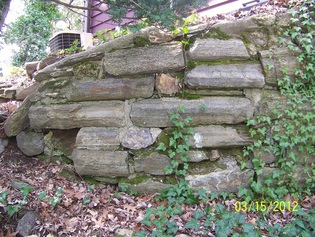
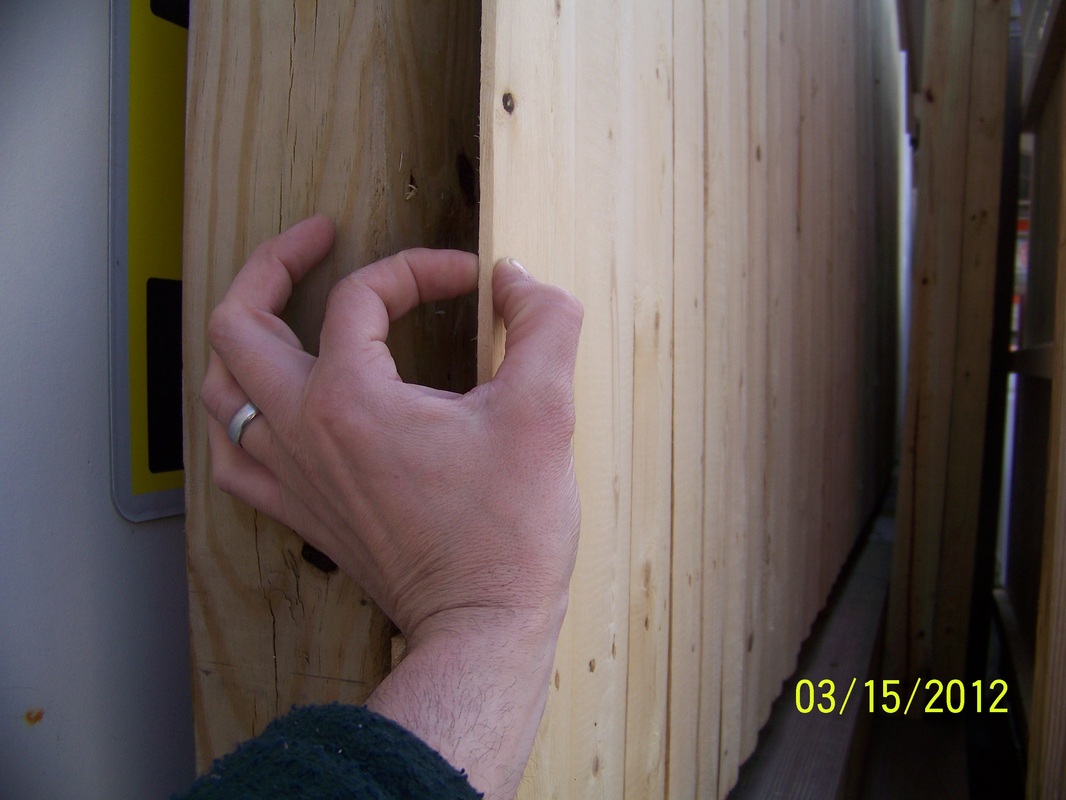
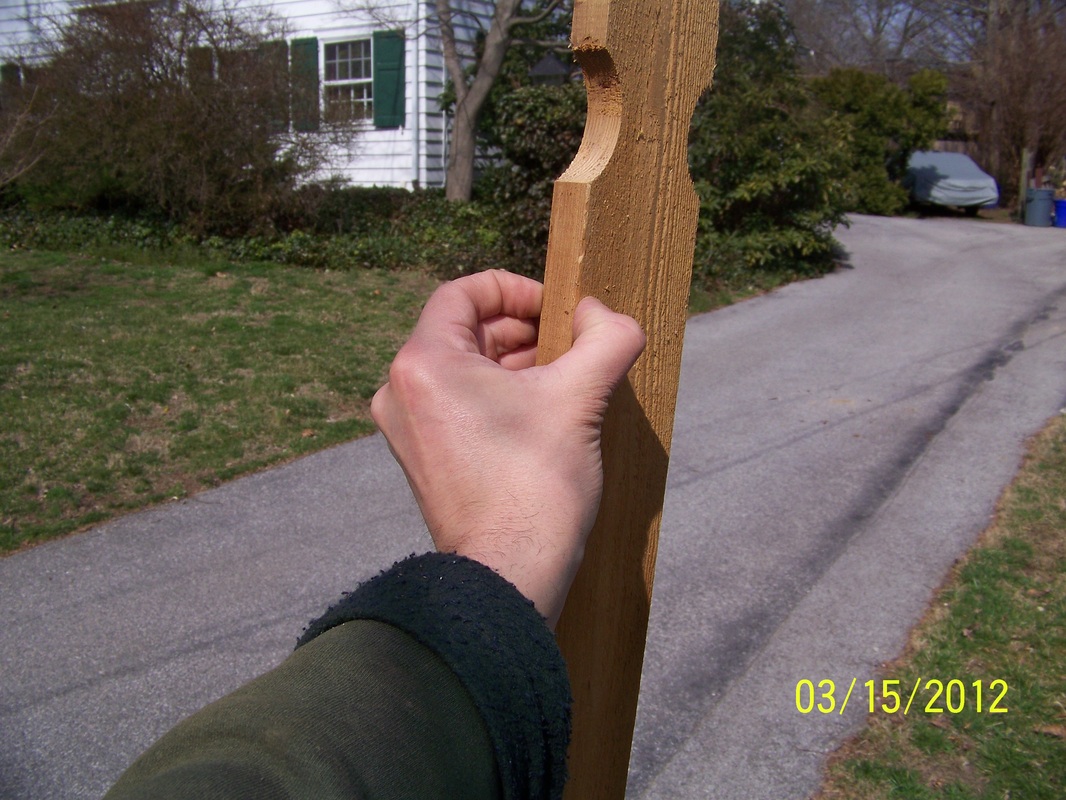
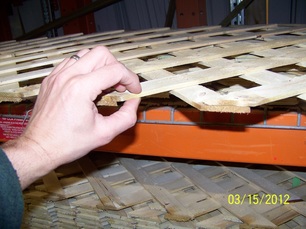
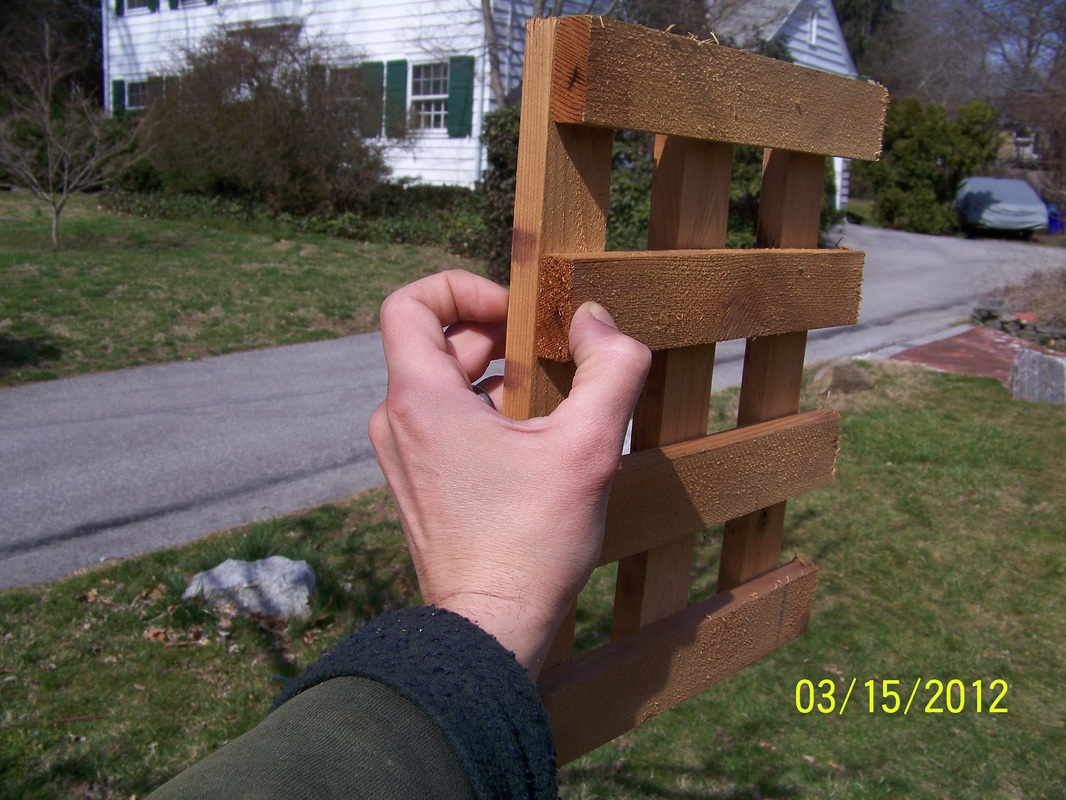
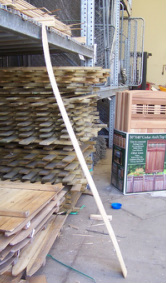




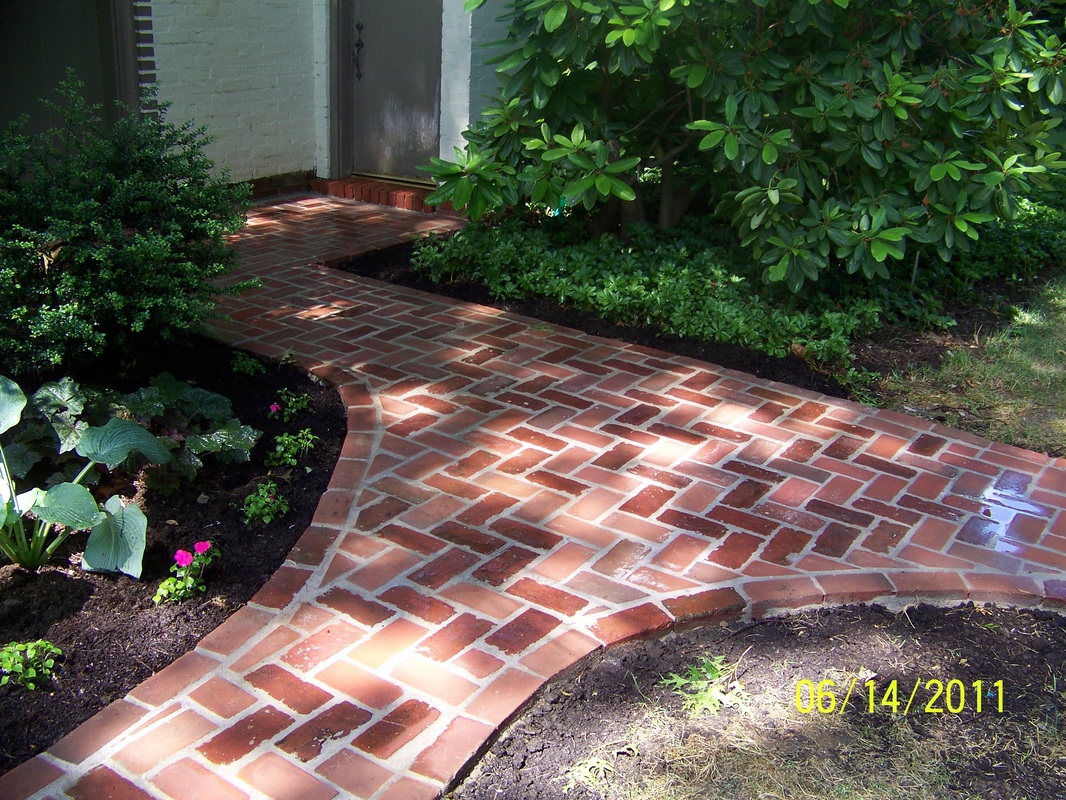
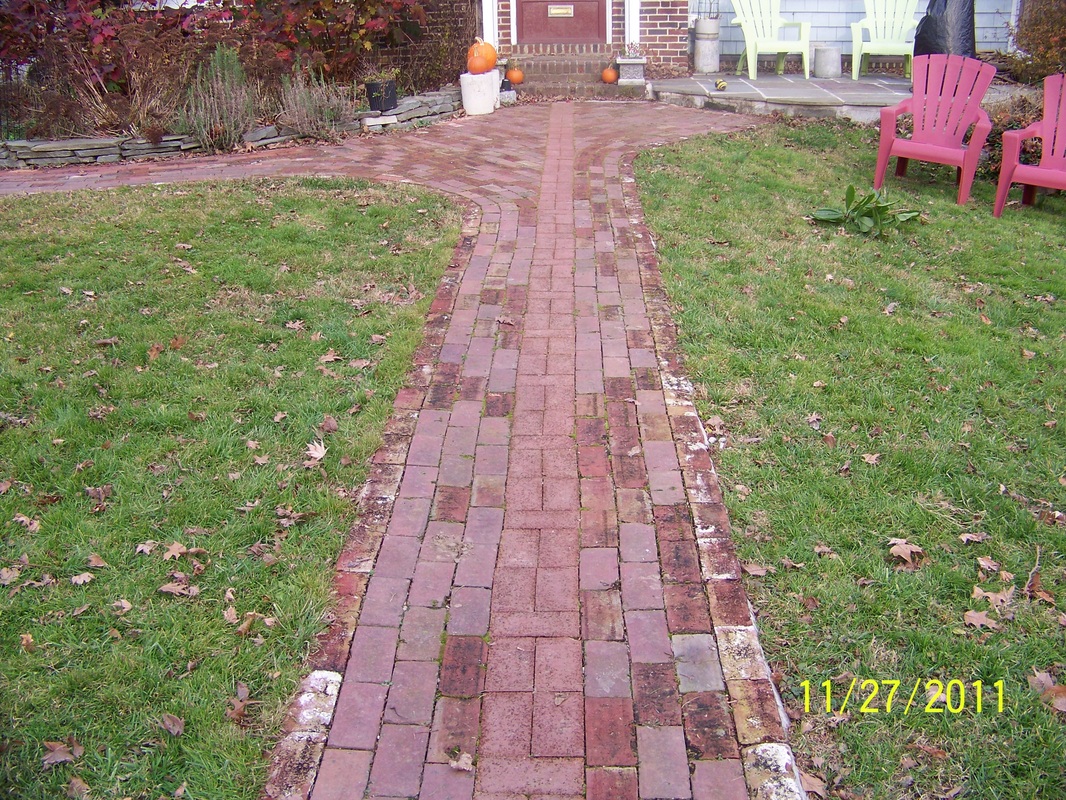


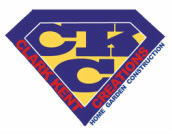

 RSS Feed
RSS Feed